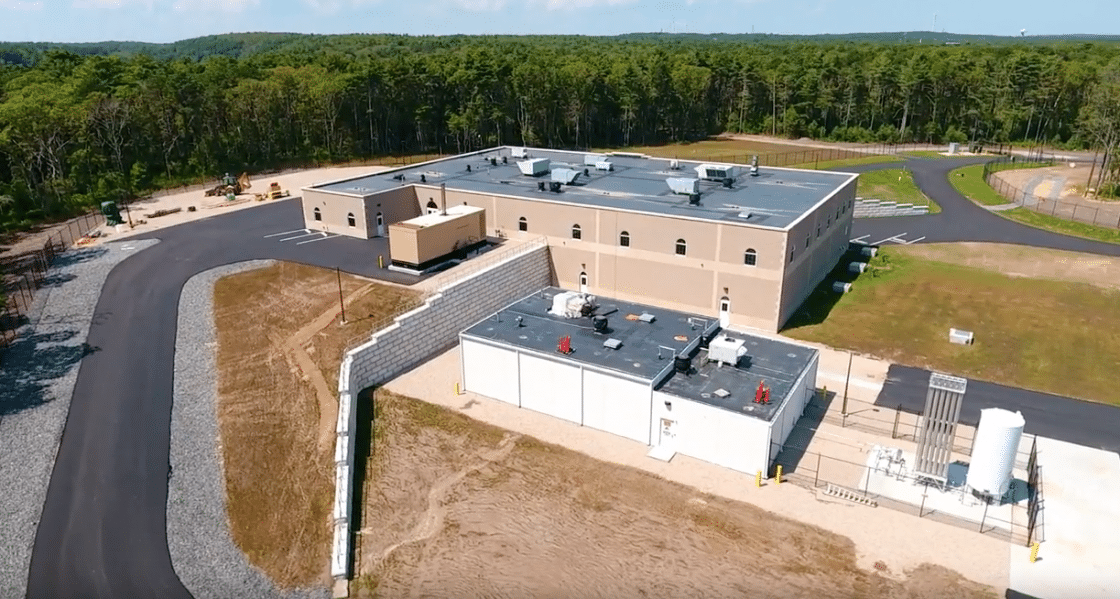 Ryan Neyland, P.E., Project Manager, presented this webinar on Horizontal Direction Drilling of Raw Water Intakes into Long Pond, Falmouth MA. Regulatory and customer-based drivers led the Falmouth Water Department to construct a new water treatment plant (WTP) at Long Pond. Due to the location of the new WTP in relation to the existing pump station facility and intake, new intakes and a raw water pump station were needed to pump water from Long Pond to the WTP. This presentation will discuss pipe and screen installation utilizing horizontal directional drilling methods to minimize any potential impacts to the pond during construction.
Ryan Neyland, P.E., Project Manager, presented this webinar on Horizontal Direction Drilling of Raw Water Intakes into Long Pond, Falmouth MA. Regulatory and customer-based drivers led the Falmouth Water Department to construct a new water treatment plant (WTP) at Long Pond. Due to the location of the new WTP in relation to the existing pump station facility and intake, new intakes and a raw water pump station were needed to pump water from Long Pond to the WTP. This presentation will discuss pipe and screen installation utilizing horizontal directional drilling methods to minimize any potential impacts to the pond during construction.
Category: Webinars & White Papers
Shared WW Treatment Facility Improvements Whitepaper
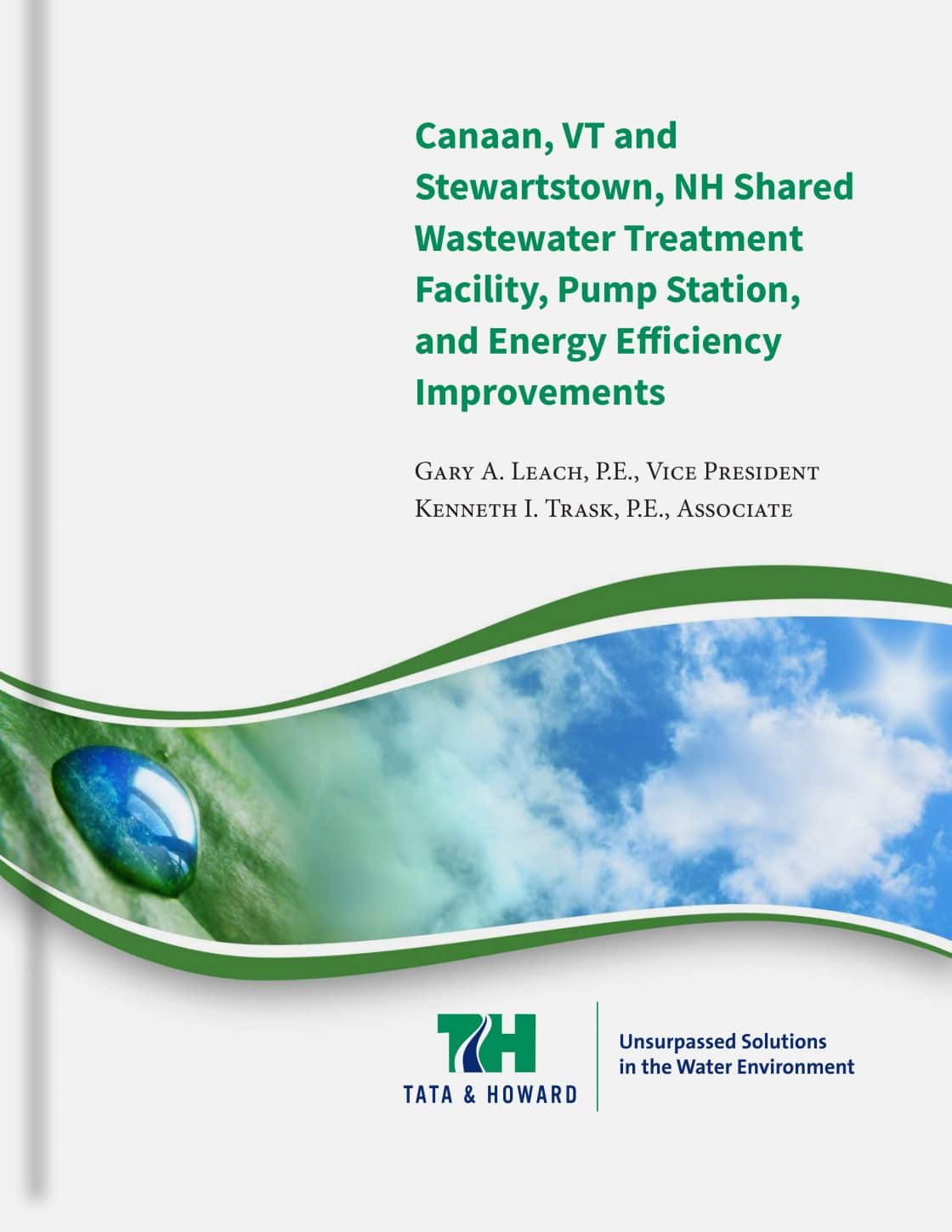
Abstract: The Towns of Canaan, Vermont and Stewartstown, New Hampshire operate a shared wastewater treatment facility, which required significant upgrades. The existing facilities were 40 years old and although a few upgrades were performed in the 90s, the facilities were not performing well, did not meet Life Safety codes, and required significant maintenance. The economical upgrade met all of the goals of the Client by providing for simple operation and maintenance requirements, meeting the Life Safety codes, eliminating confined spaces, lowering of electrical power costs, and meeting discharge parameters through production of high quality effluent.
Manganese Filtration Using Biological Pressure Filtration Whitepaper
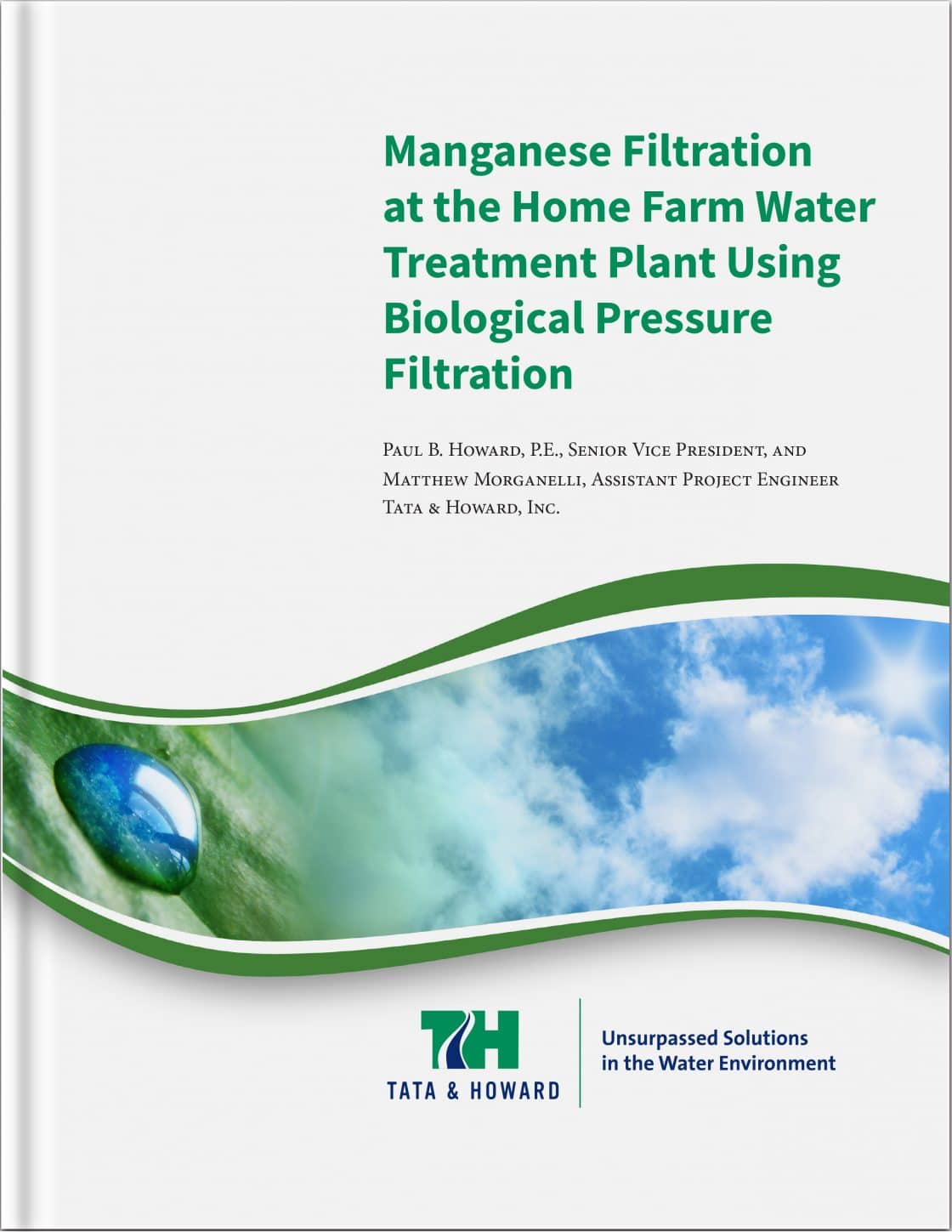
Abstract: Manganese levels of the Home Farm Wells in Shrewsbury have exceeded the Secondary Maximum Contaminant Levels and Health Advisory limits. Various treatment options were evaluated and based on loading rates, removal efficiencies, and estimated costs, biological pressure filtration was selected. This paper provides an overview of the results of the pilot testing, design criteria, and funding assistance.
Distribution System Study and Improvements
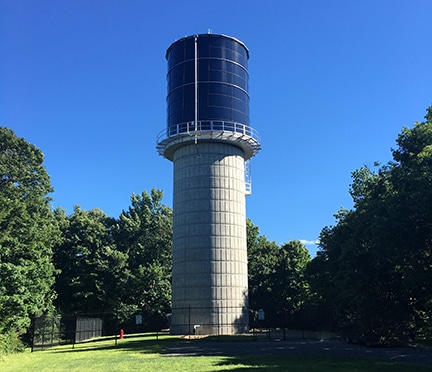
ABSTRACT: The Town of Paxton, MA was experiencing significantly reduced chlorine residuals in the extremities of the system along with an aging water tank that required extensive rehabilitation. As a result, the Paxton Department of Public Works (DPW) determined the need to create an extended period simulation (EPS) hydraulic model to evaluate the water age and water quality in the distribution system. The study examined the residual chlorine concentrations and water age throughout the distribution system and presented various options to help mitigate these issues, including replacing the aging tank and adding a chlorine booster pump station at the existing site. Construction of the new tank and pump station was completed in the summer of 2016.
Pipe Condition Assessment Whitepaper
Unidirectional Flushing Programs – A Yearly History Lesson Whitepaper
ABSTRACT: A unidirectional flushing (UDF) program when properly performed can provide a unique chronological account of flow through the distribution system. While a UDF program cleans the loose debris from individual mains, it also identifies closed and/or malfunctioning valves and provides data relative to pipe friction factors. Performed year after year, a UDF program can identify the effect of recent system improvements or deterioration through comparison of annual data.
On-Demand Webinar: MS4 Compliance
Proactive Preparation: A Small Community’s Approach Toward MS4 Compliance
The Town of Leicester is similar to many small towns in Massachusetts in terms of the search for funds and resources for compliance with the impending new MS4 Permit. The Town is currently using a small yearly stormwater-dedicated budget and any free municipal worker time to start proactively working towards compliance rather than waiting for the final Permit to be administered. The webinar discusses tasks ongoing and completed working towards future Permit compliance, as well as available and used resources from a local stormwater coalition, Central Massachusetts Regional Stormwater Coalition, in which Leicester has been an active member for the last three years. Topic include components of an IDDE Program, ordinances, good housekeeping in municipal operations, communication with municipal leaders, and collaboration with local stormwater groups. Jon Gregory, P.E., Project Manager, presented this webinar on MS4 compliance. The webinar is approximately 30 minutes.
Water Storage Tanks: Hydraulic Modeling and Water Quality Considerations
Abstract: A hydraulic model can be used for extended period simulations (EPS) and the EPS models can be used to determine water age in the distribution system. The Town of Paxton, Massachusetts was having some issues maintaining a chlorine residual so Tata & Howard completed a study looking at water age and chlorine residual, and developed recommendations to help them improve system water quality.
Water and Wastewater Energy Audits — A Case Study
Tata & Howard, Inc. conducted an energy audit of the City of Flagstaff’s Water System. The purpose of this energy audit was to identify energy conservation opportunities that would provide annual and life cycle power cost savings for the City of 66,600 people. Tata & Howard provided upgrades that would raise efficiency, resulting in significant annual savings. In addition, the upgrades qualified for a rebate through APS, resulting in an average payback of less than three years.
Separation of Water Distribution System into Two Zones, Spencer, MA
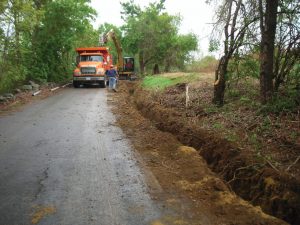 Abstract: The Town of Spencer, Massachusetts received an Administration Consent Order (ACO) from the Massachusetts Department of Environmental Protection (MassDEP) mandating changes to their water treatment process, and the separation of the Town’s water distribution system into two pressure zones. This paper discusses the completion of this project in three phases. The System Study evaluated the conceptual design criteria needed for the two pressure zones and selection of tank sites. The Design Phase highlights permitting and design challenges encountered, and the Construction Phase discusses the overall final product, construction challenges and project successes.
Abstract: The Town of Spencer, Massachusetts received an Administration Consent Order (ACO) from the Massachusetts Department of Environmental Protection (MassDEP) mandating changes to their water treatment process, and the separation of the Town’s water distribution system into two pressure zones. This paper discusses the completion of this project in three phases. The System Study evaluated the conceptual design criteria needed for the two pressure zones and selection of tank sites. The Design Phase highlights permitting and design challenges encountered, and the Construction Phase discusses the overall final product, construction challenges and project successes.

